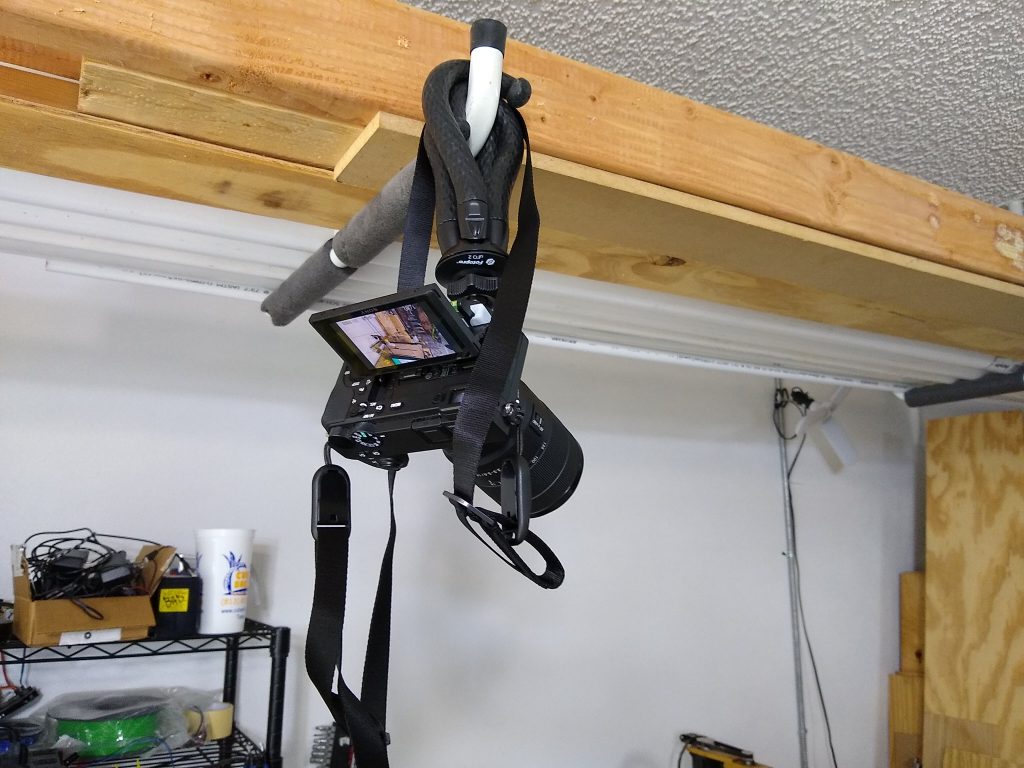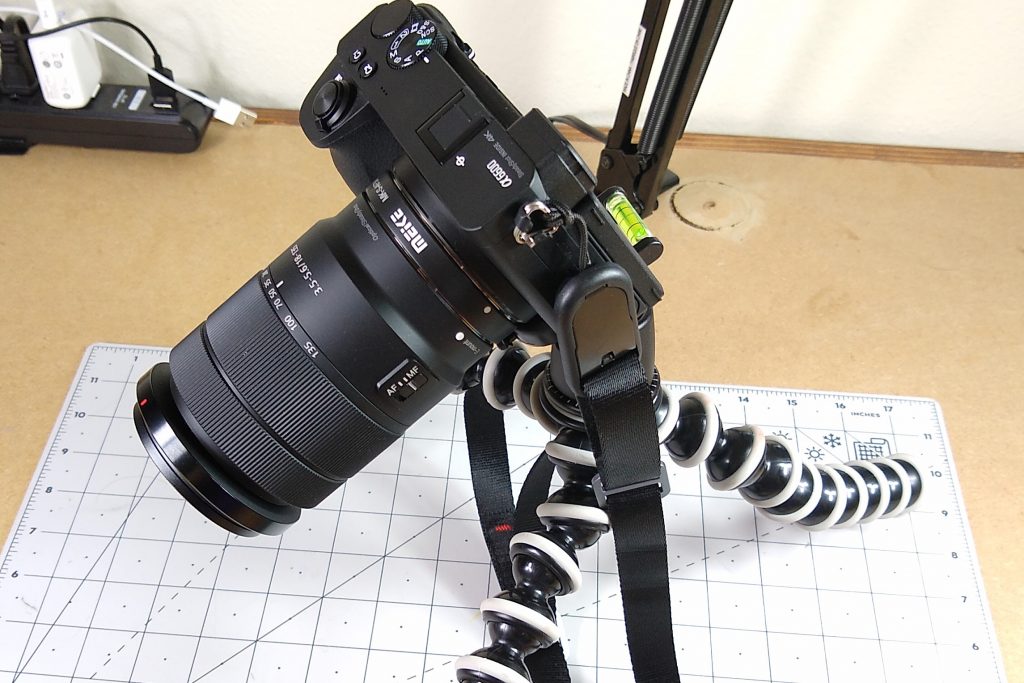In April, I purchased a Sony A6600 camera, after considering it for some time. The camera seems to have gotten some mixed reviews, which made me initially hesitant about buying it to replace my aging Canon T2i. Nonetheless, it had most everything I wanted, and it’s the latest iteration of Sony’s stabilized crop sensor mirroless line, so I went ahead and pulled the trigger.
As someone who is competent with shooting non-auto, but doesn’t consider himself a professional,* I’m extremely happy with my new camera.
Excellent Features
After a month or so of use, I thought I’d put in my two cents. Here are few things that I really love about my new Sony A6600 camera:
- IBIS (In-Body Image Stabilization)
This allows me to shoot at longer shutter speeds/lower ISO without using a tripod. A huge reason why I bought this camera. - Zoom in focus
When doing a manual focus, the Sony viewfinder actually zooms in, allowing you to pick out if something looks good up close. Not sure how “normal” this is now, but it’s really cool. - Video options
Coming from a T2i, I did have the option to shoot in HD, but it pretty much always overheated on me. I’ve yet to have this problem with the Sony, and the video is amazing so far. It shoots in HD at up to a 120 FPS rate (used in the Twitter clip above), and 4K, which I haven’t yet used as much. - Build Quality
I’ll just say, it feels awesome, and looks like it’s built to take a lot of abuse (which I hopefully won’t be testing out). - Battery Life
I change the battery once in a while, and don’t generally think about it This was apparently a big upgrade over older models. - Flippable Screen
For YouTube videos, if you want to talk into the camera, this is invaluable, look for more of these shots in the future, hopefully with a better haircut.

Not Actually a Problem
Criticism of this camera seems to come down to the menu system and rolling shutter. Here are my thoughts:
- Menu
The menu of Sony cameras is much maligned, but I’ve got to say, it’s not that hard to get used to. The customizable function options are nice, and yes, there are a lot of menus, but would you really expect any different. I wouldn’t call this a “selling point” necessarily, but so far it hasn’t been the drawback that others claim. - Rolling Shutter
This is another aspect that critics seem to criticize, but I haven’t really noticed it. This certainly depends on your application though, and I haven’t shot that much 4K. So, like the menu system, not a selling point, but not something I’ve really noticed.
A few disappointments
Of course, there’s no such thing as a perfect camera. A few annoyances:
- Micro USB connector
Seriously, not USB-C? On the other hand, I rarely plug the camera in, so you could make an argument that these are easier to find. - Weak WiFi
I unfortunately can’t connect in my office, so WiFi file transfer is next to useless for me. I can connect when closer to the router, so I’m still hoping to work this out at some point. - Computer Software
It’s OK, but really I’d rather just be able to transfer files without the hassle of another program. You can do this, but it gets a bit cumbersome. - No Voice Control
One wouldn’t really expect this feature, but after using a GoPro5 for videos, you do get used to talking to your camera!
Accessories?

The kit I got (not currently available, but similar to this one) came with a lot of neat accessories, including a UV protector that I use all the time. A couple bits that weren’t included:
- Joby Flexible 3K Tripod (Amazon)
This was a gift some time ago (thanks 😉 that I hadn’t used until getting this camera. It’s perfect for this application, with the exception of the level thing that sometimes gets in the way, especially since the camera has this built-in. I may eventually chop it off. Notably, the kit came with a similar tripod, which isn’t as good, but is still useful. What’s linked has a partially red ball head, while mine is black, but looks largely the same. - 3D-Printed Joby Quick Release (Thingiverse)
While the tripod is great, I couldn’t find any quick release mounts sold by Joby. Fortunately, someone has modeled a 3D-printed version, which I use without the clip. Mine is printed in such a way that it holds it with friction, though obviously use that at your own risk! - Macro Extension Tubes (eBay)
As with any camera, if you’re too close to your subject, you can’t take an in-focus shot. This tube set fixes that, allowing me to video and photograph my projects in some really neat ways. - White Balance Cards (eBay)
Also takes care of gray and black. Setting up the white balance really helps solve some problems later, and I wish I’d started doing it sooner. Alternatively, a piece of paper will get you pretty close white-wise.

The Verdict
If it wasn’t obvious from the title of this piece, I really like this camera. I still need to solve the connection issues mentioned above, perhaps with a Raspberry Pi access point setup, but that’s probably not a deal breaker. All things considered, it’s a huge jump from my ~10 year old Canon T2i, so I think it will be a good investment.
If you want to see more results, I’m sure they’ll be on here from time to time, and on my YouTube channel. Scroll waaaayyyy down to the bottom of the screen and input your email if you’d like to be notified of new posts!
*I’ve had my photos published in many places in print and online, and have gotten paid for the articles that used them, so perhaps by definition I am a professional. In other words, if I was on an NCAA photography team—if there was such a thing—they’d have a few questions. On the other hand, I do photography mostly to support my writing about projects. It’s more of an “adjacent” skill that I need, not my primary focus.
Note that links to Amazon are affiliate, meaning if you make a purchase after clicking on one of the links, I get a small % at no additional cost to you.
